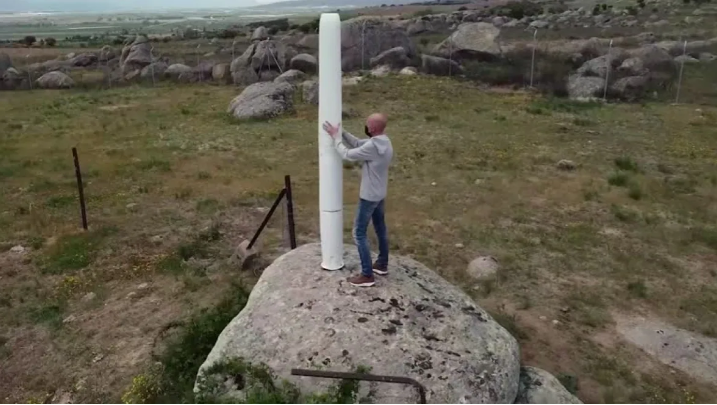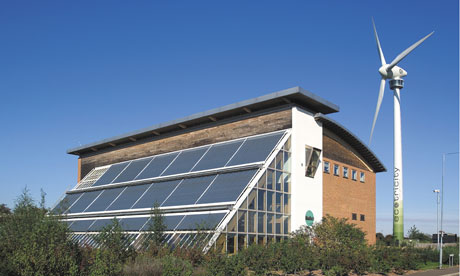Discussions on wind energy usually focus on the positive side – new innovations to technology, the benefits of green energy, and similar topics. However, there are two sides to any story, and sometimes, too many wind turbines can be a bad thing. So this week, we’re going to take a quick look at some of the drawbacks and complaints against turbines that have been making the news.
the Dark Skies in Scotland
For safety reasons, nearly any large man-made construction is going to need lights. Whether it’s to improve security or keeping a low-flying plane from accidentally hitting a turbine mid-flight, wind farms usually need a certain degree of illumination. However, illumination is exactly what the Dark Sky Park in Galloway Forest wants to avoid.
The park was officially opened last year to give astronomers a clear view of the skies. The lack of any human light pollution in the area is relatively unique; the park is the only one of it’s kind in the UK. Sadly, the reason that there’s so little light pollution is that there’s a lot of open land – land that could easily be used for larger projects. And in this case, larger projects means wind farms.
Most of the planning applications for the area have been rejected. However, the chairman of the board of trustees for the park, Mark Gibson, mentioned that there are currently 9 pending applications for wind farm development in the surrounding area. Even a single accepted application could ruin the beautiful darkness that makes the park so valuable to astronomers. The board of trustees, as well as several astronomers, have petitioned the UK government in the hope that none of these projects go through.
Blocking Wind Turbines in Connecticut
On the other side of the spectrum is the current legislative war in Connecticut. For the past three years, there’s been an effective ban on wind farms. Why? Through a hold-up centered entirely around regulations.
Wind farms are technically legal in the state. However, no farms can be built without appropriate regulations. And each time a new series of proposed regulations is created, they’re rejected.
The main issue is the how much control local officials will have over the development of new wind farms or the placement of turbines. The proposed regulations would allow developers to get a waiver to skirt restrictions on distance from other buildings, style of turbine, or even local zoning restrictions.
It makes sense to allow exceptions to these rules; no two situations are completely the same, and making the occasional allowance can be great for an industry. However, if there’s even a possibility that these waivers could be abused, locals could lose all control over whether or not a wind farm enters their neighborhood.
Weighing the Pros and Cons
Each of these stories brings to light the same issue: at what point does the need for clean energy outweigh the other needs of the public? No matter which way you look at it, a wind farm can be a disruptive thing. From ruining an aesthetic view to causing a serious increase in light pollution, there’s often a reason to avoid putting a farm in place.
In each of these cases, and in any future ones that arise, it’s important to asses why the wind project is being opposed. If it were placed elsewhere, would there be less opposition? Could an adjustment to the construction plan solve a problem for the local government? And will the extra revenue the farm brings in outweigh any of these concerns? Each project needs to be looked at on a case-by-case basis. And sometimes, the ruling will need to be against wind energy. Even in this case, you can have too much of a good thing.








